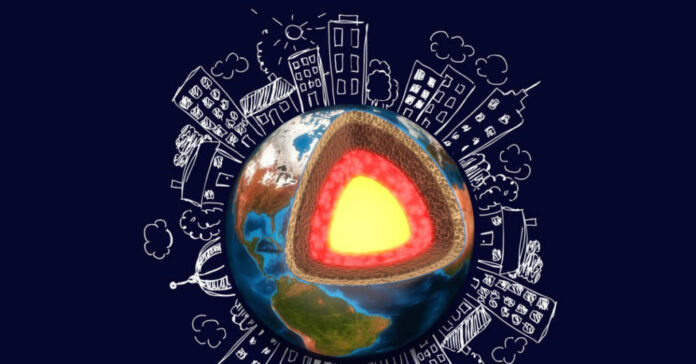
Riding on this giant rock hurdling through space is a rather mind-blowing idea when you really think of it. When you compute the numbers and probability for you even existing, it becomes daunting that we have even made it this far as a species. Yet, for as monumental as our achievements are, much of it comes down to very nuanced things.
Keeping this giant rock moving are several layers of the earth. The churning and spinning of the iron inner core of the earth is one of those critical layers. Yet scientists Yi Yang and Xiaodong Song from Peking University have unearthed evidence that this may be more cyclic than we previously thought.
Published in Nature Geoscience, looking at seismic readings from 1964 through today, the duo observed that the globe seems to go through “an approximately seven-decade oscillation.” In essence, every 70 years, the inner core of the globe slows and begins spinning in the opposite direction. They observed changes in the earth’s day and the magnetic fields which implied the changes in the core.
From what the data suggests, the rotation stopped back in 2009, and now may be starting to go again but in the opposite direction. From their evidence, this explains the changes in the sea levels and the length of the days every 70 years or so. “Interestingly, the same multidecadal periodicity is also well observed in the Earth’s climate system, especially the global mean temperature and sea level rise,” they wrote in the paper.
See what this scientist has to say on a recent CNN interview:
This kind of evidence would help direct scientists toward finding out more about what happens to change the earth, and why the transition periods are so varied. Additionally, with the study of human behavior, changes in the way the earth moves could also trigger how we interact with one another. Responses to the globe are common in other animals, especially mammals.
Perhaps we should be focusing more on the inside of the earth than what goes on around it, especially in terms of “climate change.”














